Bass Fishing Patterns – The Ultimate Guide On Everything You Need To Know In 2025
There are times when bass fishing may seem like a deep science. Figuring out the best bass fishing patterns involves many factors that are mostly interconnected. Therefore, you need to gain sufficient knowledge on each thing that has to do with bass fishing.
Knowing top bass fishing patterns will help you catch plenty of fish by predicting where the bass will be and when they’ll bite and being prepared with top fishing equipment and techniques.
This ultimate guide will help you develop successful bass fishing patterns by providing you with the most valuable information on everything you need to know. But, before we focus closely on bass fishing, its patterns, and the factors involved, let’s establish what exactly the fishing pattern is.
Newsletter Signup
What is a Fishing Pattern?
In short, a fishing pattern refers to a repetitive behavior of the fish during a specific period, affected by a set of circumstances.
Roland Martin, legendary angler and professional sport fisherman, defined “pattern” as a set of water conditions that cause bass to be located in similar locations in the same water area. The patterns frequently change, so you have to identify great water conditions for successful bass fishing, and that repeat over time.
Still, the condition of the water is not the only factor, as the water itself is affected by other factors, such as weather, barometric pressure, sun and the moon, etc. That also has a significant impact on the mood and behavior of bass. All of this determines the fishing spot where you’ll be fishing and what type of baits and fishing techniques you’ll be using.
So, certain circumstances need to be present in order to have an established bass fishing pattern. However, you can rarely predict how long one pattern will last, so you must be adaptable to change and find another pattern, no matter how tough it is.
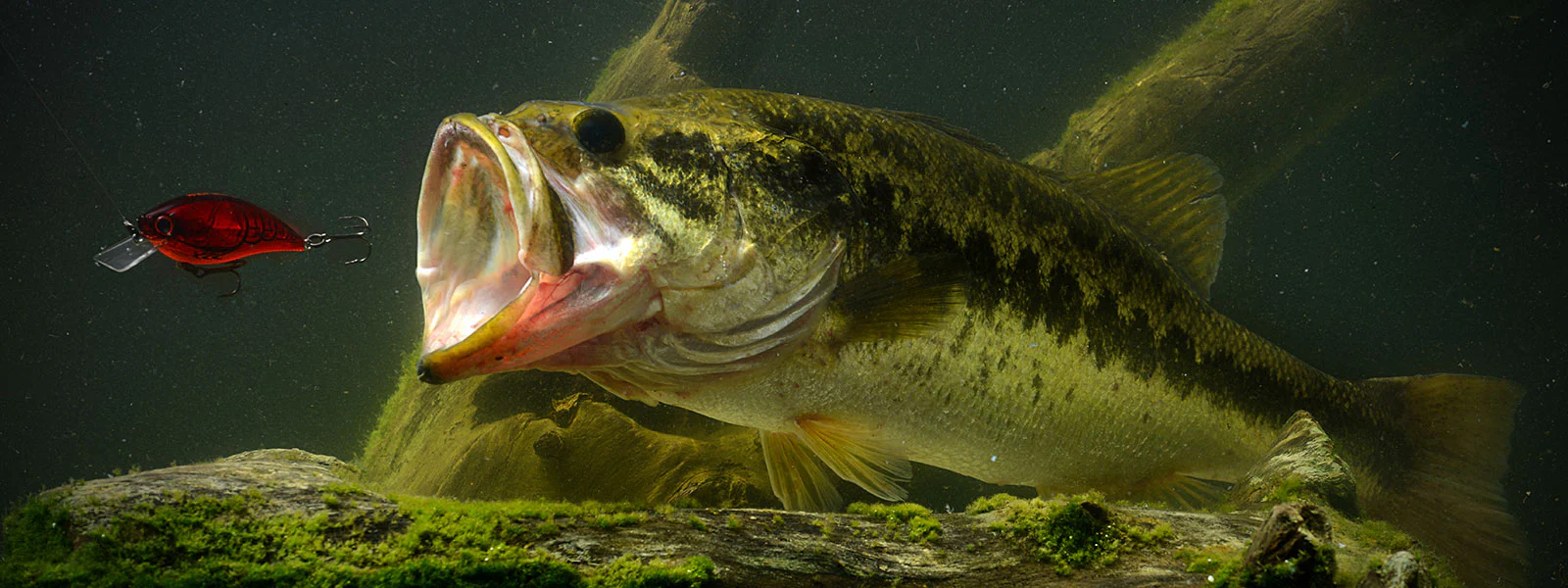
Developing Bass Fishing Patterns
From the anglers’ perspective, bass fishing patterns can also be defined as repetitive bass behavior in certain time periods and specific bodies of water.
One of the easiest and most effective ways to define bass patterns is to observe their behavior throughout the seasons.
To develop bass fishing patterns, you must consider all the seasons from winter to fall, bass behavior (migrations and feeding) that adapts to the weather conditions, characteristics of each fishing spot, and then the bait types and fishing techniques.
Let’s start with the bass seasonal patterns, which will further affect other decisions you need to make regarding bass fishing.
Seasonal Bass Fishing Patterns
Bass behavior is mainly affected by the stage in their life cycle and the weather during their lifespan. Weather frequently changes throughout the seasons, and bass continuously adapt to those changes. Knowing how the weather affects them and how they behave in each season will make this fishing experience more enjoyable and productive.
So, let’s take a look at the bass life through the year.
Winter Season
Winter is the period when the bass are mostly inactive and sluggish. They stay in one place, don’t move fast, and don’t go far to catch the prey. Also, they tend to group, so knowing where to find that group means that you can catch plenty of bass fish.
In the early winter period, water temperatures are still at 55 to 60 degrees, so there are still chances that you can have a good catch most of the days. Bass can sense that the water will get colder, so they will be actively looking for prey and good feed before their metabolism slows.
As the water gets colder, the bass start moving from shallow into deeper waters. They can be found actively feeding at the mid-depth waters, somewhere between 15 to 20 feet. So, what may work is small worms, crankbaits, and small fries on a Carolina rig.
When the water temperature drops below 48 degrees, most of the bass go into deep waters, more profound than 20 feet, especially if the lake is 40 to 50 feet deep and is relatively clear. Look for open-water bumps, ridges, and points as the bass can be there.
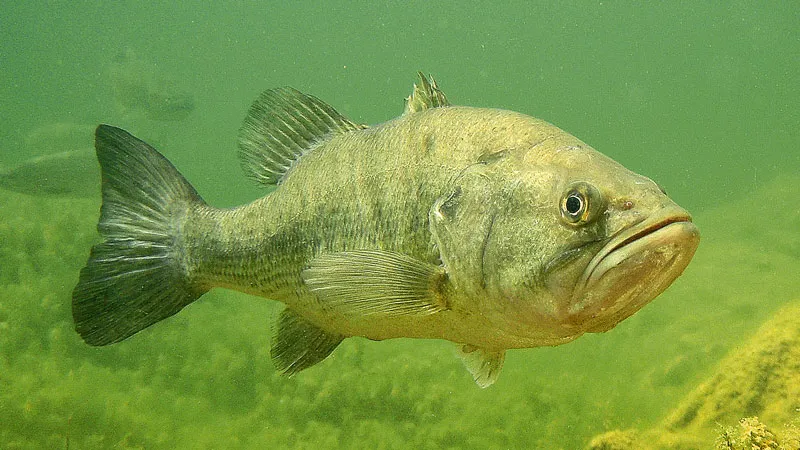
Winter is the best season for deep-water fishing. For fishing deep in clear or dirty water, great baits are jigging spoons, tail spinners, and football jigs. If the bass are suspended in the clear water, you can use suspending jerk baits, small swimbaits and Alabama rigs fitted with swimbaits to trick them into the bite.
Sometimes, a typical 3 to 4 feet lift-and-drop technique would be helpful, but when the barometric pressure gets high, you might need to use smaller baits, such as a crappie jig or drop-shot rig. Extreme tactics are necessary for cold winter days.
As the water gets warmer in late winter, the pre-spawn period begins for all mature bass and usually lasts 3 to 5 weeks. Bass are becoming very active, and they again look for food as they need to feed as much as possible to carry on the spawning period. This period is an excellent opportunity for anglers to get a nice catch.
Pay attention to the bass’ prey – minnow, shad, or crawfish. Where there is food, there is the bass. Bass will be focused on the prey, so catch them with the hard and quick strikes.
Spring Season
Spring is known as a great bass fishing season. After the cold winter days, as the temperature of water rises, fish start moving towards shallow water, following the underwater canals, ditches and ridges. This mostly happens in early spring due to spawn, raining and rising water levels. The first bass that arrive in shallow water are very easy to catch using the spinnerbaits, Rat-L-Traps, lizards, and jigs. However, the longer the bass stay shallow, the harder they are to catch. They tend to hide around the grass, docks or old logs.
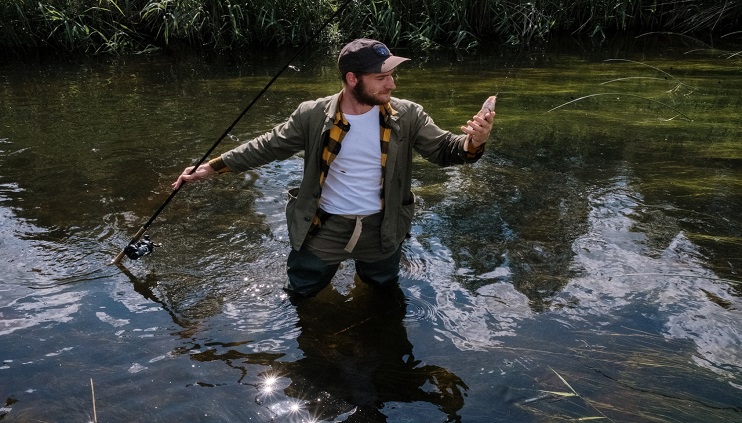
Spawn occurs in early spring after the water temperature remains at 60 to 65 degrees for several days. Bass spawn in several waves, depending on lake conditions, temperature and moon phase. If the water is muddy, they’ll go to the shallow waters. Bass don’t hunt and eat during the spawn but will attack the baits as they appear as a threat to their eggs. A soft jerk bait may do the work if the water is not very clear. Before the spawn, male bass start looking for covered areas, called beds, in order to build a nest, where the females will lay the eggs. Males tend to stay to protect the eggs, while females go into deep waters to rest.
In the post-spawn phase, after they are done protecting the fry, adult bass are looking for quick and easy prey as they haven’t eaten for several weeks. They will be thin and lethargic, so the key to catching them is to fish slowly. Finally, after the post-spawn period, bass are going all over the lake.
If the water is clear and at a lower temperature, bass will breed in deeper water for a longer time. That happens because clear water warms slower than muddy water. Also, clear water makes fishing harder. Therefore, you should consider a different approach using Crawfish-colored cranks, spinnerbaits, and green pumpkin, watermelon lizards, or jigs.
Spring days tend to be warmer, so consider faster bait with more functional performance to catch more bass. Ensure there is a variety of baits and lures in your tackle box, and the chances for successful fishing in any spring weather condition will be much higher.
Summer Season
After the post-spawn period, the weather is getting warmer and the summer begins. In the summer season, bass gain back some weight and tend to be more aggressive. They are grouping and actively chasing the bait. Depending on the weather conditions, techniques and patterns change during the summer, so you’ll have to figure out what works for each lake. The temperature of water rises in a range from 75 to over 90 degrees. Therefore, the best times for bass fishing are usually early mornings, sunsets, and nights. June seems to be the best month for bass fishing as the day and night bites are equally good.
Early summer is the main time for lake fishing. You will find bass mostly around humps, points and ledges. But, as the temperature rises, the water of the rivers and river-run reservoirs tend to be cooler, and the oxygen is sufficiently dissolved.
See also: Where To Fish For Bass In Texas? TX Bass Fishing Guide
When the water temperature varies between 80 to 85 degrees, you will have the best chances to catch big bass, especially after dawn or during the night. Their metabolism is at its peak, and they go to the shallow waters to feed. The best baits to use in this period are a large 8- to 12-inch worm or a jig and Hawg Craw. The colors you may want to choose are black, black-blue, green pumpkin, chartreuse, or watermelon.
The penetration of light in water will determine the depth location of the bass. Also, as the summer goes by, and as water becomes warmer, going over 85 degrees, most of the bass will start going deeper in water to feed during the day and night, but their metabolism will start to slow again. During this time, the best baits to use are deep-diving crankbaits, Carolina-rigged fries, and wacky worm rigs used on very light fishing equipment.
Fall Season
In fall, when the water gets cooler, the bass get very active and agitated. The weather conditions change frequently, and that will significantly affect the bass behavior. Watch your temperature gauge – when the temperature of water drops down to 75 degrees, your chances for great catch rises. A rapid drop in temperature is best as that causes bass to move actively from deep to shallow water.
In this season, the bass often school and aggressively prey for baitfish, so look for large schools of shad if you fish in reservoirs. Vast numbers of shad migrate due to cooling water, and the bass are going for them. When it comes to the usual bass fall fishing pattern, they tend to hide in wooden covers or boat docks. If you fish at lakes without shad, focus on grass areas, as bass prey for bluegill and shiners that hide in the grass.

Match the size of your lure to the size of the baitfish, and don’t keep the lure at the bottom as the baitfish are suspended. Topwater lure, suspending jerk baits, spinnerbaits with willow leaf blades, and shallow to medium running crankbaits will be helpful in this season to catch the fish. In clear water, pick colors that match shad patterns, and in muddy water, choose some standout colors.
So now, when you know how bass behave according to the seasons and weather, what baits to use, and when, you can create successful bass fishing patterns. In addition, you need to choose the right fishing spot for successful fishing, so research the lake or river features you plan to fish on.
Developing bass fishing patterns probably seems like a lot of work to you, and trust us – it is. But, we made that easy for you by creating BassForecast fishing app with many premium features!
Fishing App for Bass Fishing Patterns
It’s not only about fishing spots; it’s about the right fishing pattern. As you know by far, the bass are susceptible to the weather, as it considerably impacts their mood. That further affects the location, selection of baits and presentation. Yes, fishing is a whole science and challenging sport – it’s all about figuring out the bite!
Well, BassForecast simplifies the science of bass fishing so every angler can enjoy more EPIC days in their limited treasured time on the water.
Adapted Patterns are one of our premium features in the fishing app. With that, you will be able to figure out the bite as you will always know the best bass fishing patterns!'
You will get complete pattern recommendations, including Top 5 Recommended Baits, Top Lake Structures to Fish, and Presentation Tips for every day in the upcoming 10 days, all adapted to changing weather patterns, the BassForecast Rating, and proven seasonal catch data.
Not only that, but you will get many more premium features that will ensure you never go home without a great bass catch! By downloading our fishing app, you will get the most accurate fishing forecast and an all-in-one planning tool for the best time on the water.
Know – Adapt – Catch® more with BassForecast.
Learn More How BassForecast Works
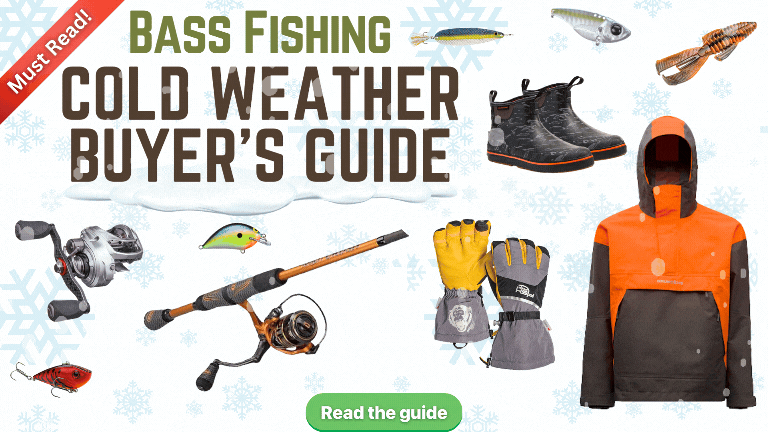
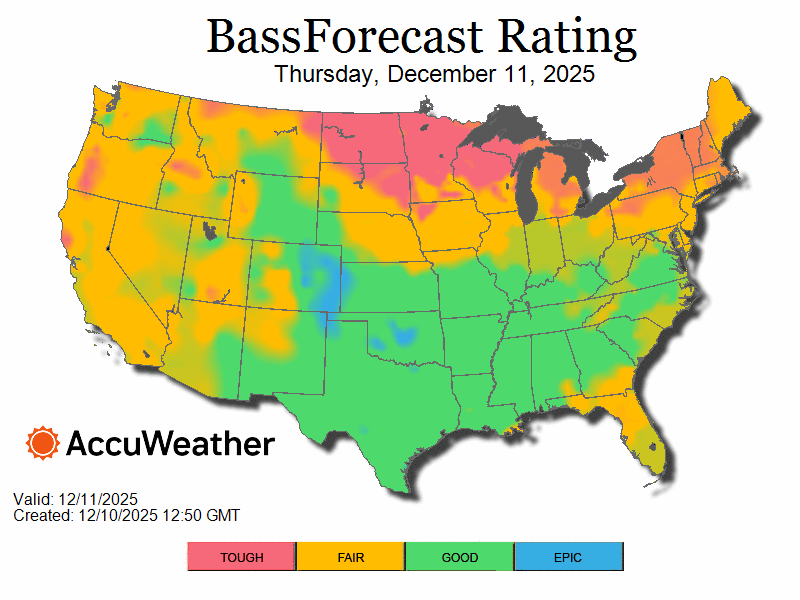

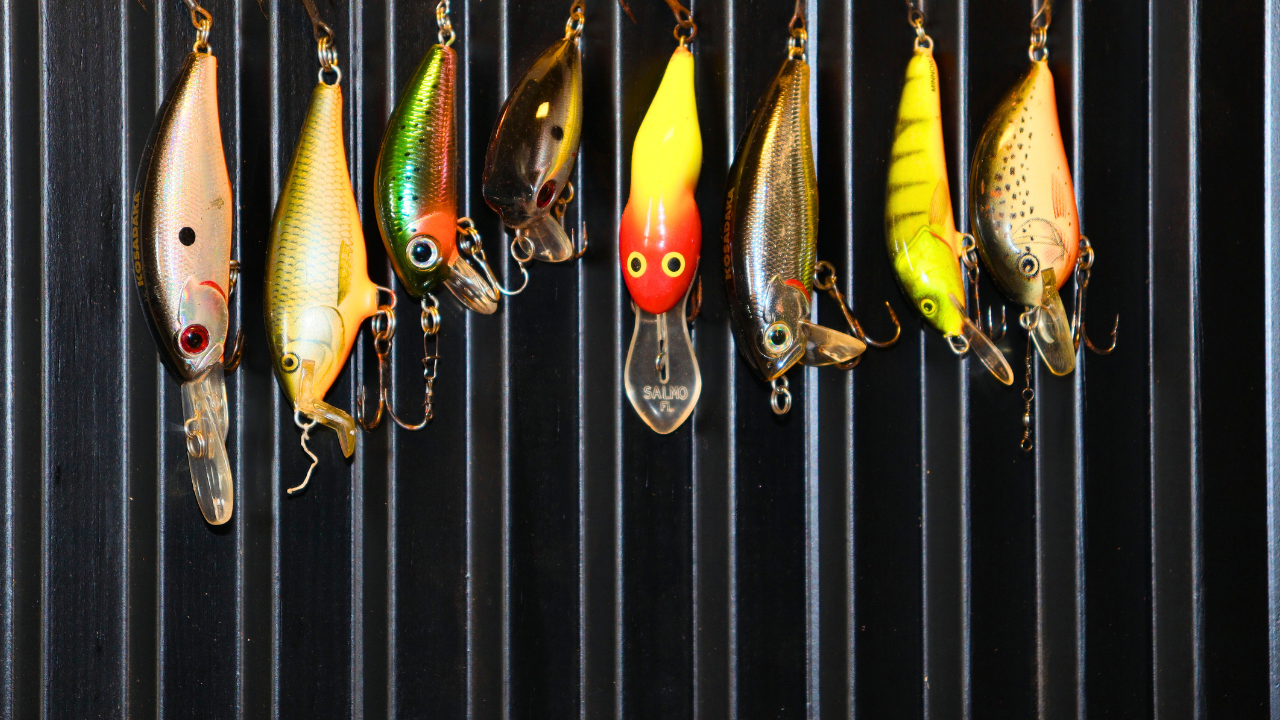
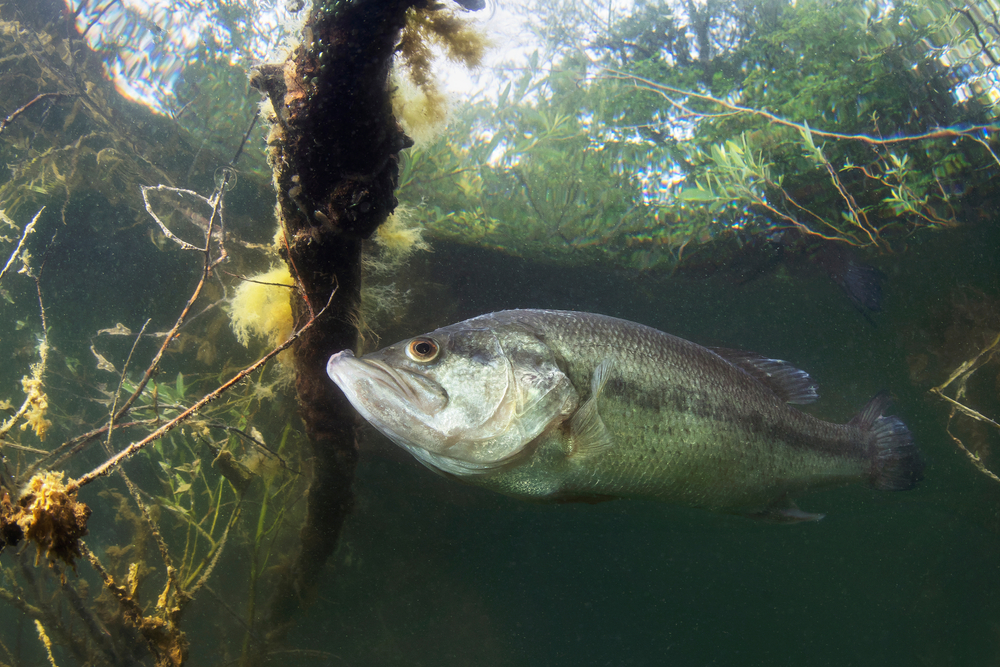

.jpg)
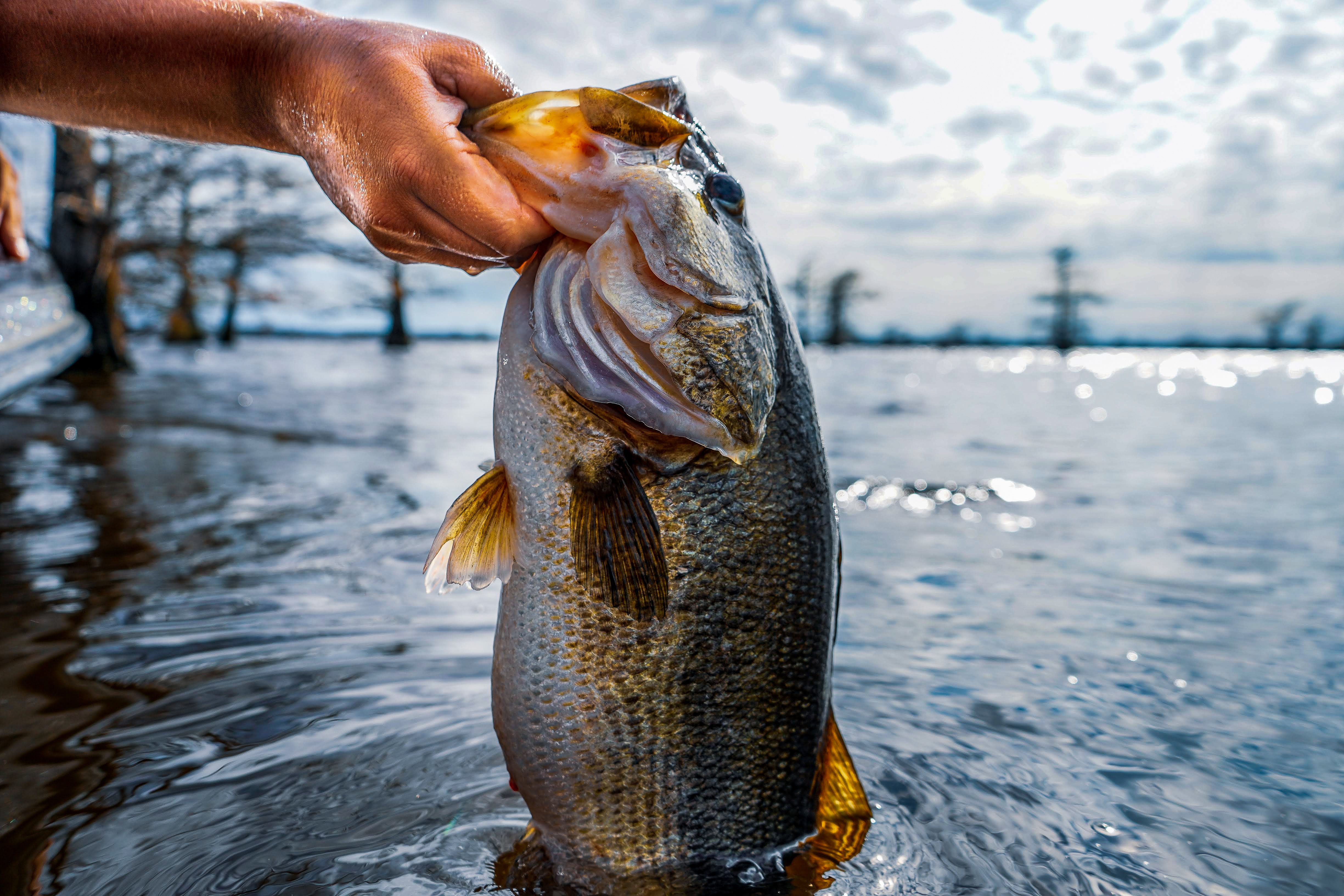
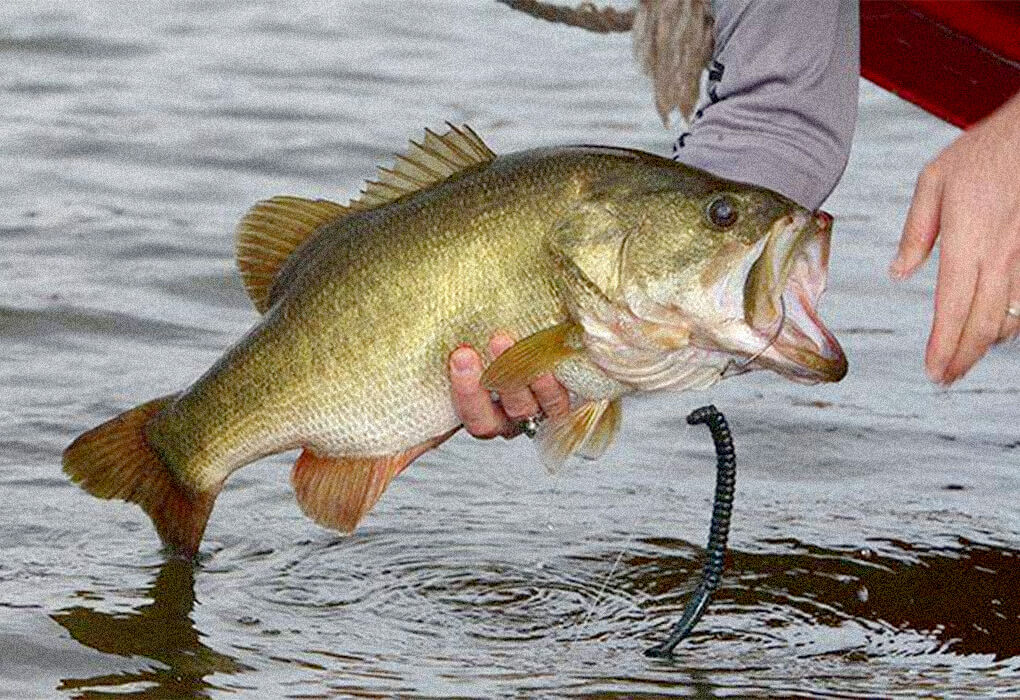
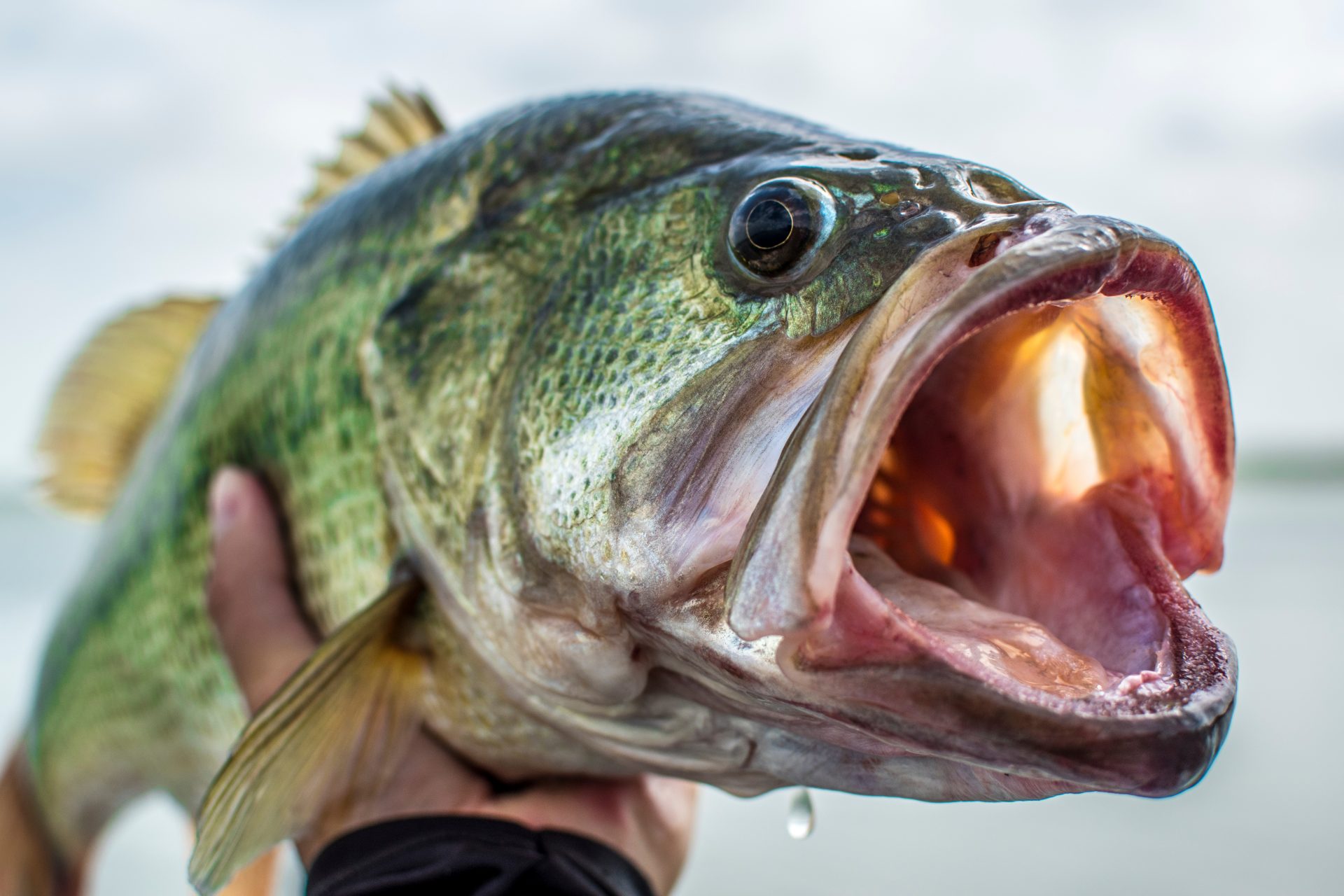
.png)
.png)